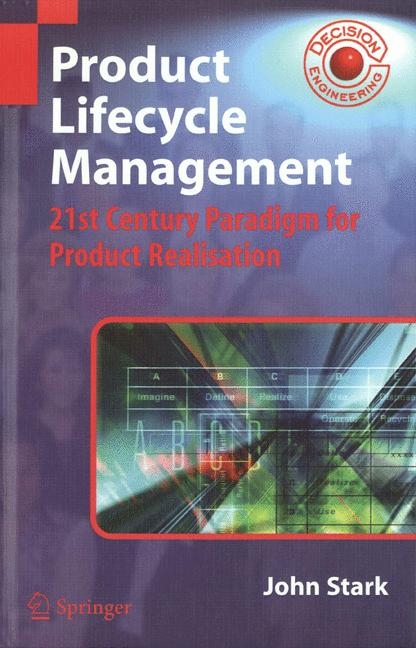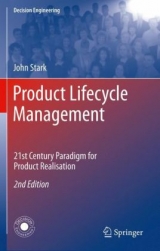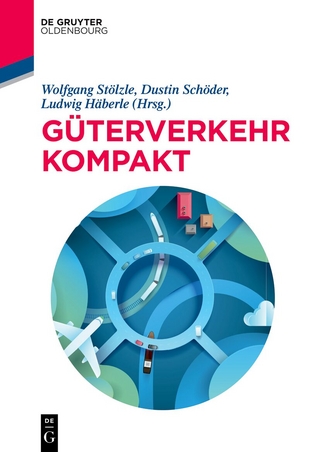
Product Lifecycle Management
Springer London Ltd (Verlag)
978-1-85233-810-7 (ISBN)
- Titel erscheint in neuer Auflage
- Artikel merken
Product Lifecycle Management (PLM), a new paradigm for product manufacturing, enables a company to manage its products all the way across their lifecycles in the most effective way. It helps companies get products to market faster, provide better support for their use, and manage end-of-life better. In today's highly competitive global markets, companies must meet the increasing demands of customers to rapidly and continually improve their products and services. PLM meets these needs, extending and bringing together previously separate fields such as Computer Aided Design, Product Data Management, Sustainable Development, Enterprise Resource Planning, Life Cycle Analysis and Recycling."Product Lifecycle Management: 21st century Paradigm for Product Realisation" explains the importance of PLM, from both the business and technical viewpoints, supported by examples showing how world-class engineering and manufacturing companies are implementing PLM successfully.
The book: introduces PLM, a unique holistic view of product development, support, use and disposal for industry worldwide, based on experience with internationally renowned companies; shows you how to take full advantage of PLM, how to prepare people to work in the PLM environment, how to choose the best solution for your situation; provides deep understanding, nurturing the skills you will need to successfully implement PLM and achieve world-class product development and support performance; and, gives access to a companion www site containing further material.
John Stark is President of John Stark Associates, a management and technology consultancy focused on the product development and Product Lifecycle Management markets. In his long consulting career, Stark has worked with more than 100 companies in Europe, North America, Asia and Africa. Stark received his B.Sc. (1969) and Ph.D. (1972) degrees from Imperial College, London.
Preface.- Executive overview of PLM.- Introduction to PLM.- Progress depends on retentiveness.- Reality check.- The opportunities and benefits of PLM.- The rationale for PLM.- Different views of PLM.- You start here -- in the details of the PLM swamp.- PLM has the answers.- Some components of PLM.- Uncoordinated incoherent improvement initiatives.- Coherent vision, strategy, plan, resources, metrics.- A company's PLM vision.- The process of PLM visioning.- Structure for the PLM vision.- A strategy to achieve the vision.- Industrial strategies.- Principles for the PLM strategy.- Preparing for the PLM strategy.- Developing a PLM strategy.- Strategy identification and selection.- Change management for PLM.- PDM, an essential enabler for PLM.- Reasons for implementing a PDM system.- Forewarned is forearmed.- Financial justification.- FAQs about implementation and use.- Barriers to successful implementation of PDM.- Examples of PDM implementation.- Maturity model for PDM.- Project start up.- Defining requirements.- Solution selection.- Implementation and use.- Case studies of PLM in industry.- Future developments.- Components of PLM.- PLM functions and systems.- Resource guide for PLM.
| Reihe/Serie | Decision Engineering |
|---|---|
| Zusatzinfo | 1 |
| Verlagsort | England |
| Sprache | englisch |
| Maße | 234 x 156 mm |
| Gewicht | 818 g |
| Einbandart | gebunden |
| Themenwelt | Technik ► Maschinenbau |
| Wirtschaft ► Betriebswirtschaft / Management ► Logistik / Produktion | |
| ISBN-10 | 1-85233-810-5 / 1852338105 |
| ISBN-13 | 978-1-85233-810-7 / 9781852338107 |
| Zustand | Neuware |
| Haben Sie eine Frage zum Produkt? |
aus dem Bereich



